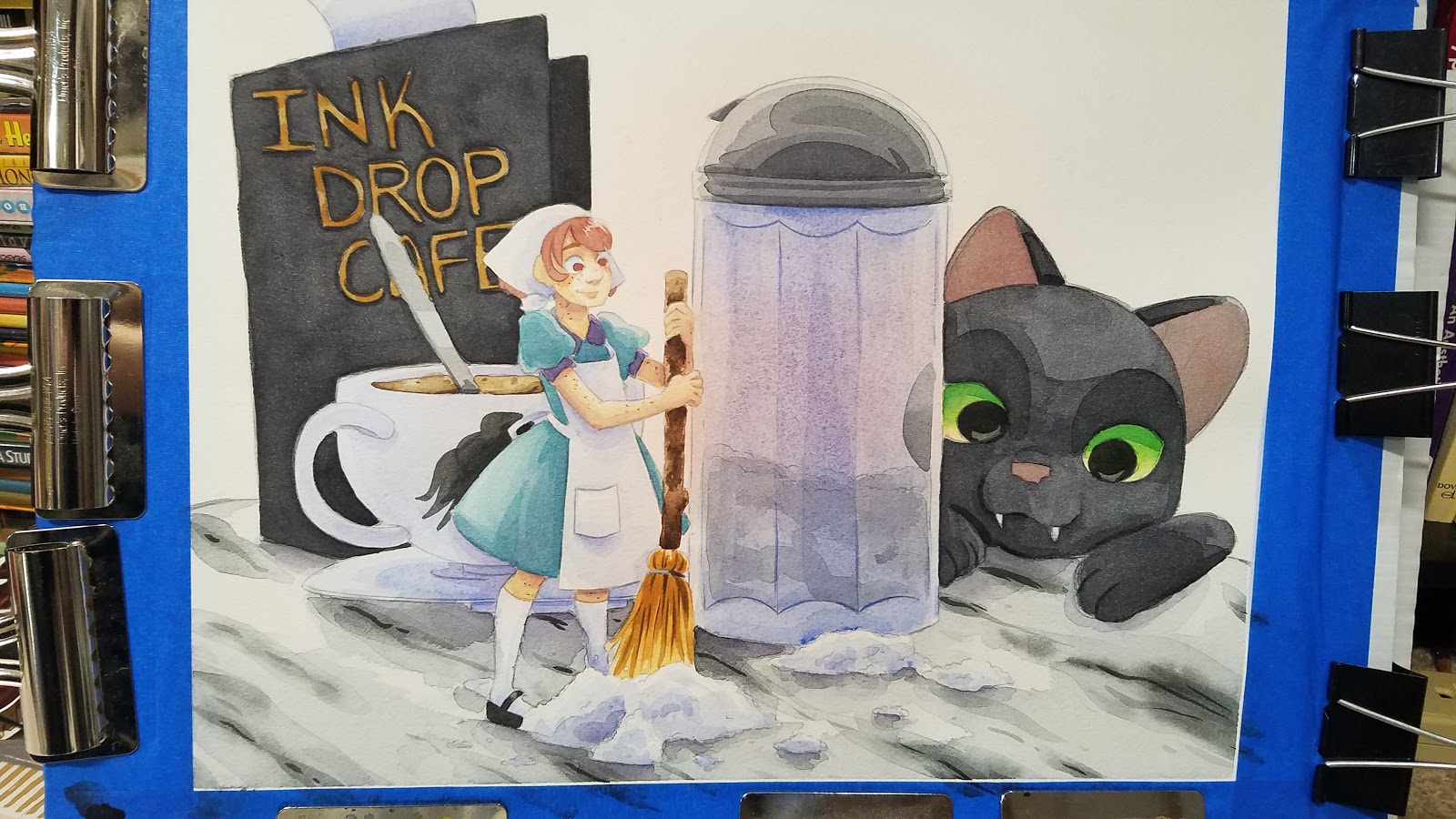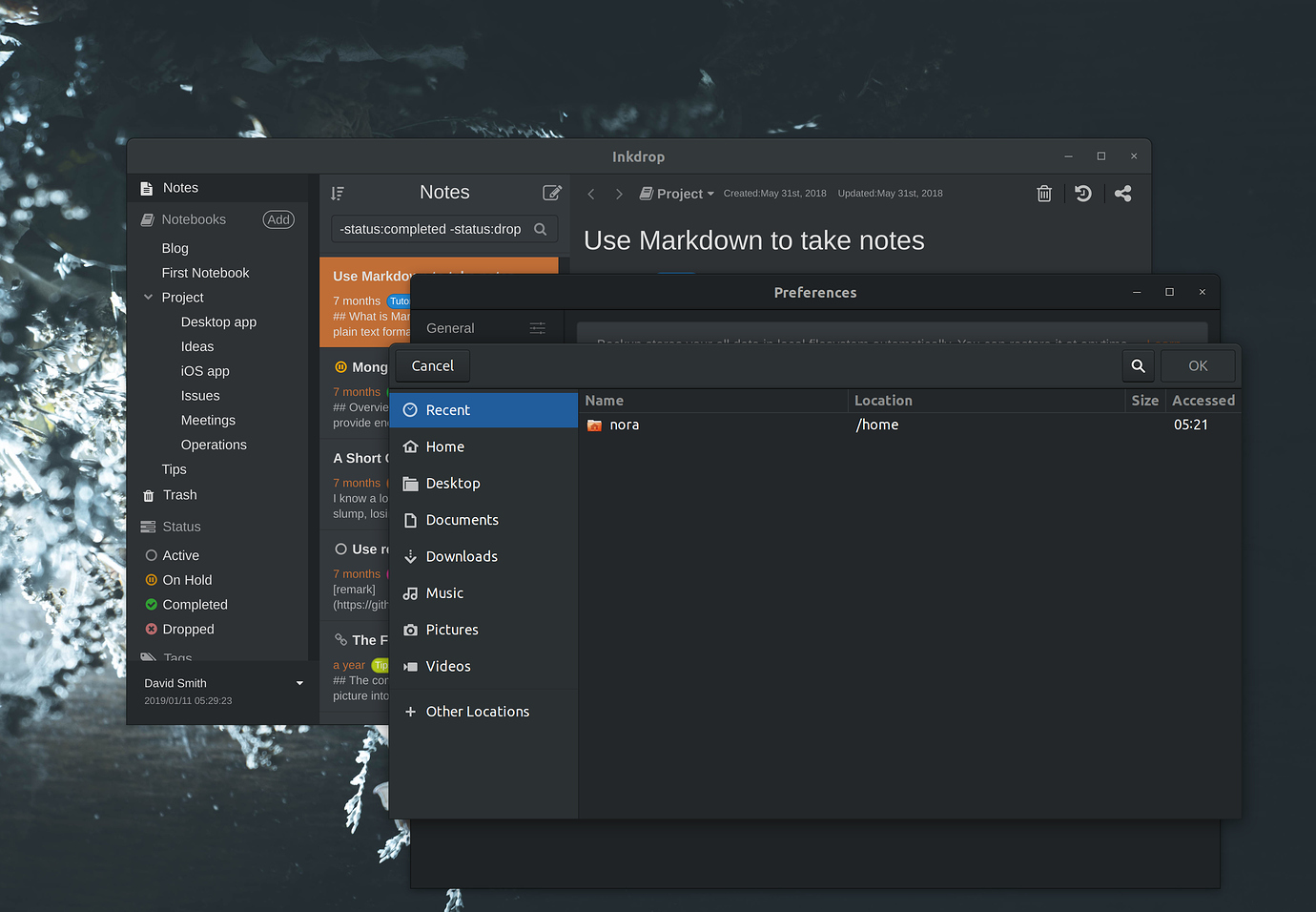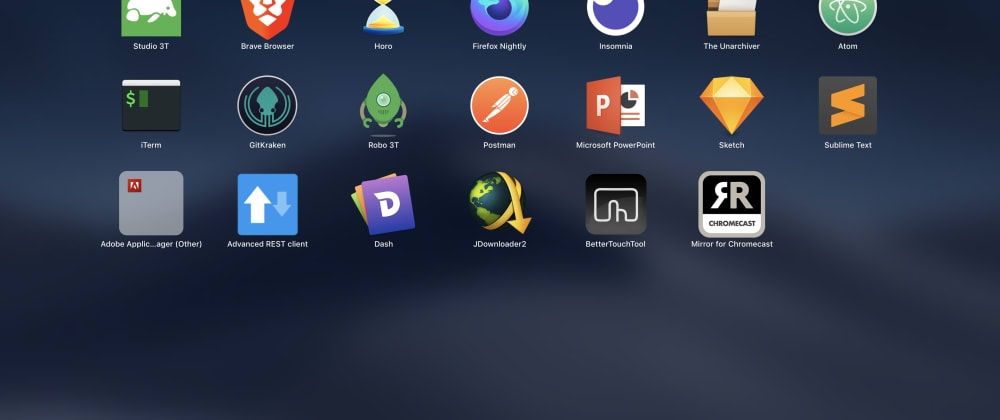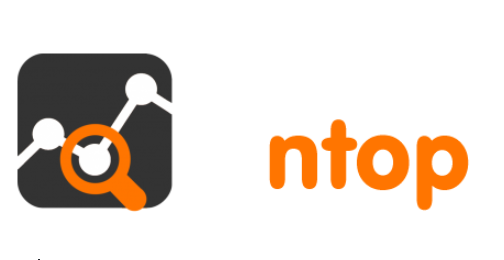
🌏 I can make any document public (and even enable comments 🙋♀️). One namely is a meeting notes template that I can quickly spin up for a structured document with spaces to enter the appropriate notes (observations, action items, etc). 📃 Great templates for getting started, as well as the ability to create your own templates. It's game-changing going from writing things in Trello or a Markdown editor and having any changes lost forever unless I saved revisions to Notion's git-like versioning. It's so nice being able to look at the "Updates" tab on the top right of any page and see a dropdown of all the changes that occurred on a page. The ability to create complex tables, or order notes inside of a kanban board, elevates the experience past the ordinary note app. ⏹ Blocks are a fantastic addition to note-taking process, adding a layer of depth to it that's similar to Airtable or Trello, but inside a modern text editing experience. I can save them to specific notes, that can be database-like "reading lists", where I stockpile and even sort/filter/tag the content.

📱 Share widget for Chrome and iOS works great for saving documents.

#Boostnote vs pro#
Great incentive to keep using the app despite the limiting free plan, much better than a 15 or 30-day free trial of pro (which companies like Airtable employ). 🤑 Simple actions using the app give you free credits which can equate up to 4-5 months of the lowest paid tier. I felt like my data on Airtable was only valuable on desktop because of this, and Notion unlocked the experience everywhere. With the Notion mobile app, I can browse a table like I normally would on desktop (scrolling horizontally if the columns exceed the width). Notion isn't hyper fast (and chugs with larger files), but feels faster overall.Īnd the Airtable iOS app is incredibly limited, not allowing you to see any complex table views.

The larger your files get, Airtable can be a bit slow on desktop and mobile. Which made Notion the key alternative, combining the kanban functionality of Trello, the calendar views of Trello/Airtable, and the data table views from Airtable - all the features I wanted - all alongside a terrific Markdown-based writing experience. I always thought about switching over to Airtable to manage my blog posts (using the complex data filtering and alternate views), but I didn't want to actually write inside Airtable. All the features I was looking for in Airtable were achievable in Notion, and I was even able to find templates for things like Meal Planning on community sites. I was considering using Airtable as a more beefy spreadsheet tool for many aspects of planning (from video production, to content calendars, to meal planning). Notion doesn't offer anything like this yet, so in that regard, Trello is indispensable for recording quick ideas in the appropriate list. Trello also has a iOS widget for the dashboard, allowing me to quickly create cards with ideas or notes (rather than opening the app, waiting for it to load, finding the list, etc). But even then, I think about how much I hate Trello card descriptions and losing sensitive data there. You could use Notion, but the pricing would be more prohibitive, unless you used it for other team purposes as well. I would still use Trello for larger projects that are integrated with issue-tracking services like Jira or Github.
#Boostnote vs manual#
Everything required a level of translation (copy/paste to the Markdown editor), and management required manual syncing between both.

I tried using Trello in combination with other note-taking apps (like Boostnote), but I didn't like the disconnect between my labeled Trello cards and my markdown editor. Screenshot of how I blog inside of Trello using their card system My notes are hosted by Notion, synced to each device, and I even get benefits like the "Add to Notion" iOS share widget 👌 Switching over to Notion, I'm able to write in the desktop or native iOS app (which works fantastic), or open the web-based version anywhere. Bear's free plan doesn't offer device syncing, unlike Evernote which has a 3 device limit (and no limit for Notion). Looking at other cloud-based Markdown editors in the space, the only one that caught my eye was Bear, but I couldn't bring myself to pay for what was essentially Evernote with better UX. I created a rough Boostnote PWA, but since it requires integration with Dropbox, I didn't want to go through the effort of hosting a complete full-stack app with OAuth authentication. This solution worked ok, but I had no web-based or native editor for writing notes on the go (or on a computer that didn't have Boostnote installed). Instead, you'd save you notes to a local folder, which can be a synced Dropbox folder. Boostnote is an open source, markdown editor that's basically Evernote without the cloud hosting integration. Notion replaced Boostnote for me (which replaced Evernote).


 0 kommentar(er)
0 kommentar(er)
